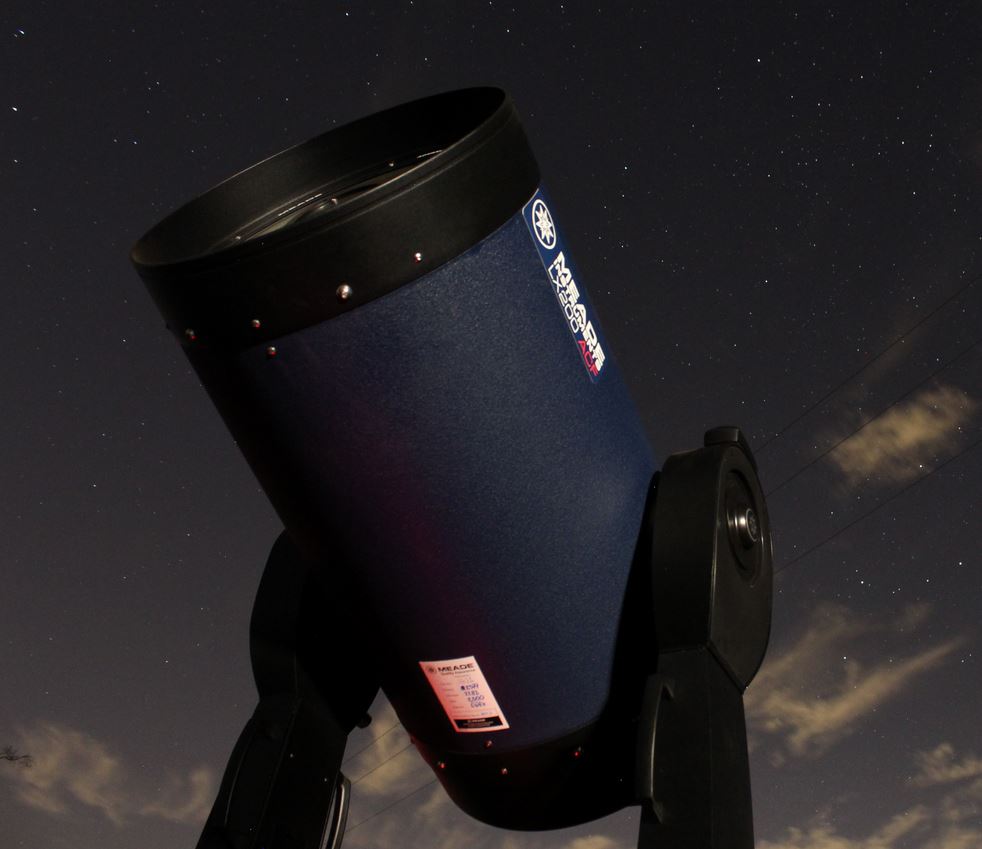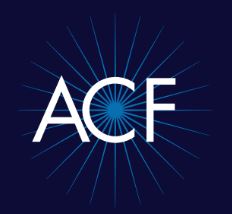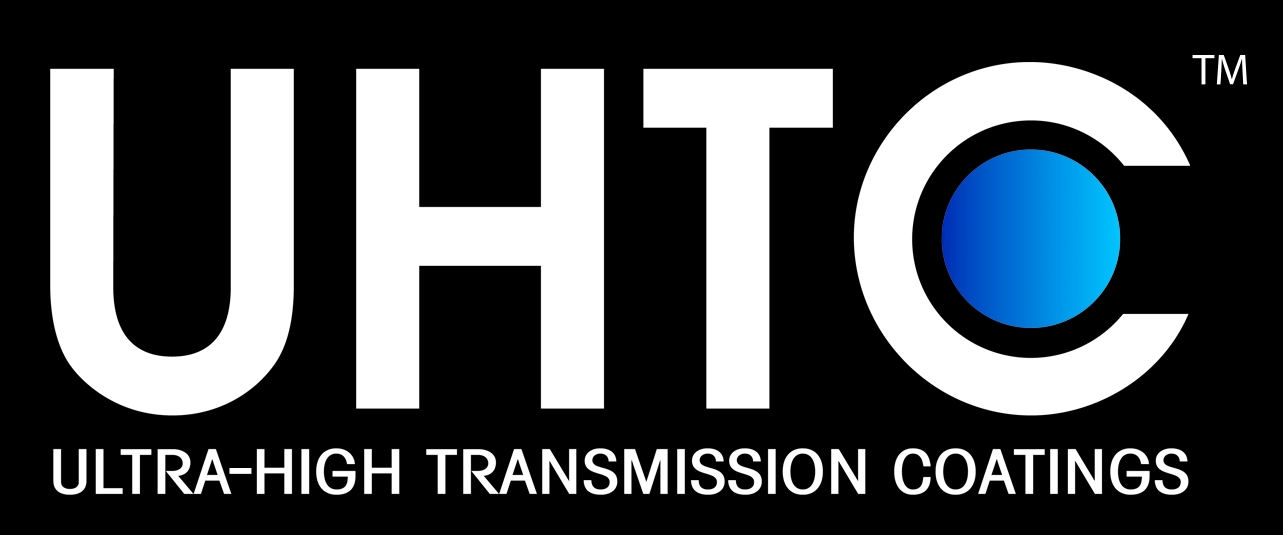Glossary | Telescopes | General | Series | LX200

Meade’s LX200 series telescopes are among the most widely used advanced amateur telescope on Earth, and for good reason. The LX200 series combines coma-free ACF optics with a rock-solid mechanical and modern electronics. The compactness of this system makes the smaller models ideal for mobile astronomy, and the larger instruments fit into relatively small garden or club observatories.
In addition to the advantages of the optical system, the LX200 telescopes offer further useful features: Primary Mirror Lock to eliminate focus and mirror shift during long exposures, high-quality worm-gear drives in both axes to provide extraordinarily smooth movement at all speeds, and Smart Drive, delivering Permanent Periodic Error Correction (PPEC).
The AutoStar II handbox controller puts the universe into your hand. It guides you to over 140,000 objects! You can, of course, also control LX200 telescopes from an external computer with supplied or third party software.
Advanced Coma-free Optics (ACF)

Meade's ACF optical design eliminates the typical aberrations of all mirror optics. Thanks to ACF, the stars are also point-shaped right out to the edge of the image field, displaying no elongated comet-like distortions. This is achieved by employing a hyperbolic secondary mirror, delivering very good images also away from the optical axis.
The image field is flatter than that of classic Schmidt-Cassegrain telescopes.
ACF optical systems show their strengths, especially in astrophotographic applications.
Ultra-High Transmission Coatings (UHTC)

UHTC is a special multi-layer coating on the front correction plate and provides up to 15% more light transmission.
The result: brighter star clusters, finer details in nebular objects and more surface detail on planets!
Meade Smart Mount

Smart Mount technology improves the pointing accuracy of the telescope's GoTo-system. Although the mount is mechanically very rigid, inaccuracies due to flexure and change of mechanical load during panning may remain.
Smart mount technology allows the telescope to learn about and then correct for any systematic pointing errors, regardless of the cause. This is especially useful for permanently mounted telescopes, as the errors in these settings will reoccur reproducibly.
Meade Smart Drive
As the telescope shows a magnified image of any astronomical object, an astronomical mount must be very precise. Even small deviations may interfere with longer exposure time images. But small fluctuations will always be present as the worm shaft, which is part of the drive, can never be absolutely perfect. These periodic fluctuations can be detected and compensated for by the computer control. Smart Drive technology enables this ‘permanent periodic error correction’ (PPEC).
AutoStar II

Explore the universe with a simple push of a button. Automatically move the telescope (GoTo) to any of the 145,000 objects stored in the object library. For example, planets, objects of the Messier Catalogue, NGC Catalogue and 227 named objects. Take a guided tour of the night sky, tailored for your location and any given night of the year. Access a glossary of astronomical terms.
The AutoStar II handbox fits comfortably in your hand and is easy to use, thanks to the logical structure of its menus.
Level North Technology
Alignment is particularly simple for this telescope. The signal from the integrated GPS receiver sends the computer controller the date, time and location. Level North Technology supplements this information with the actual orientation of the telescope. The telescope then automatically points to between one and three stars in succession (depending on the accuracy required). All you have to do is centre the stars in the eyepiece. This last step ensures the fine adjustment of the alignment.
